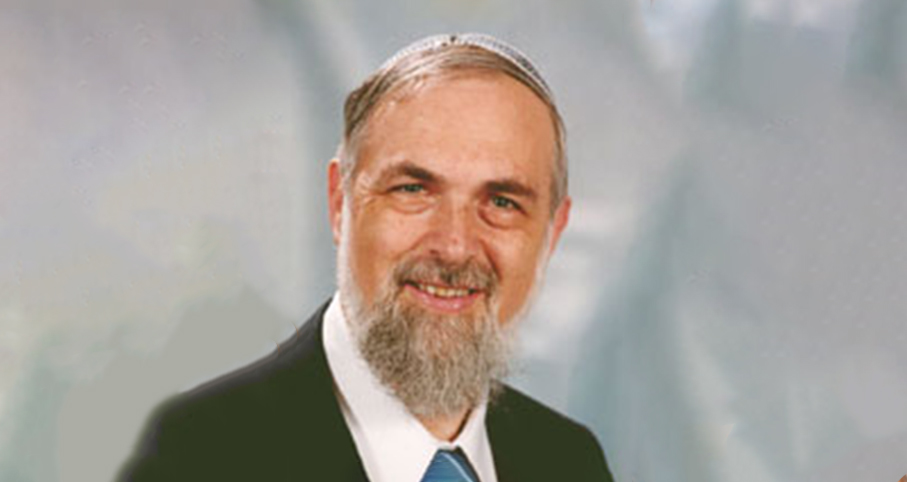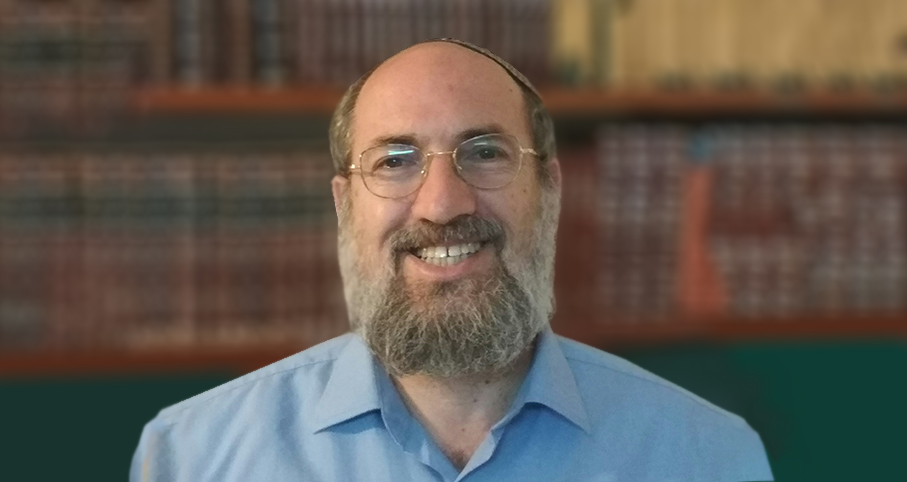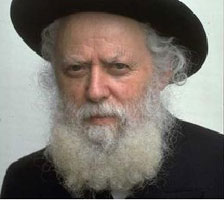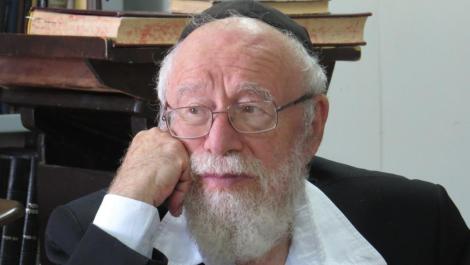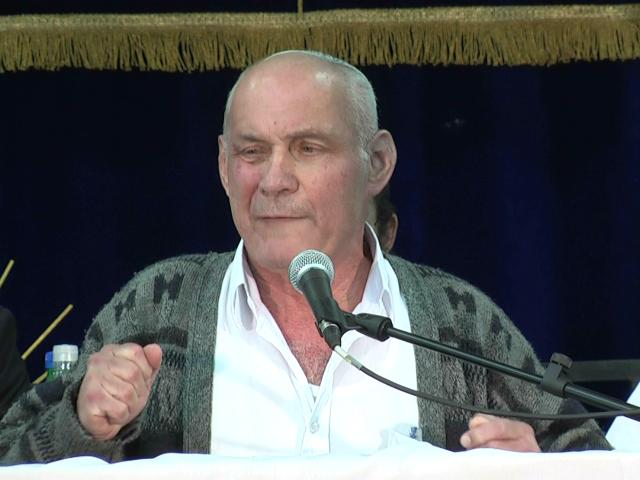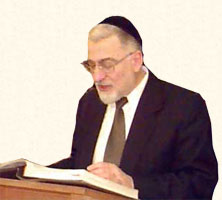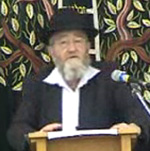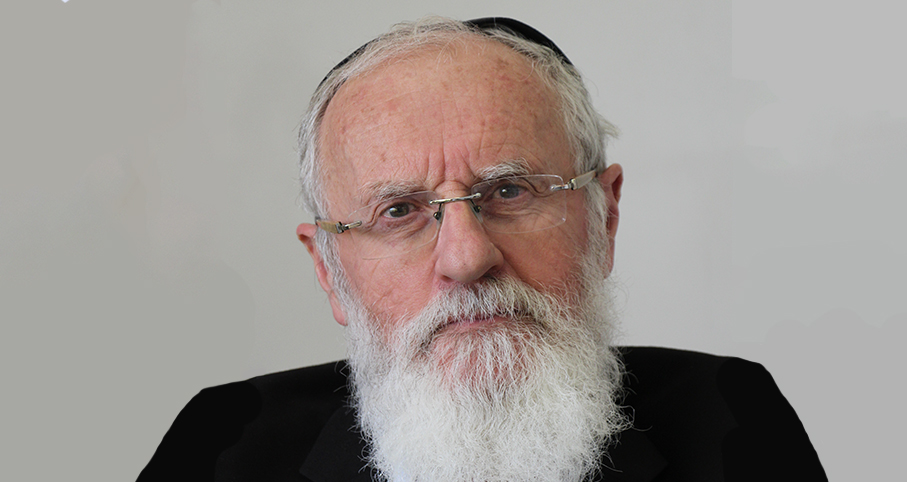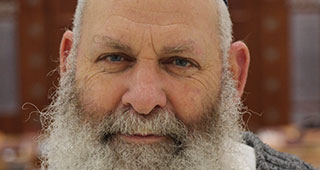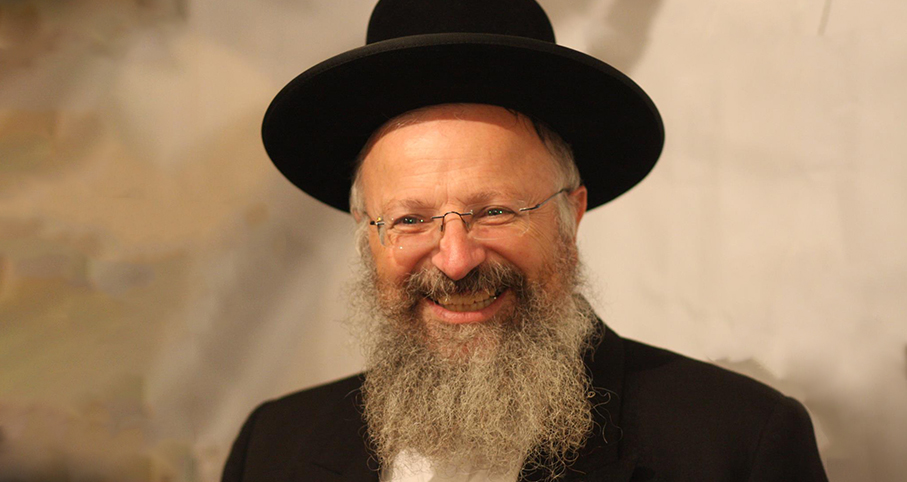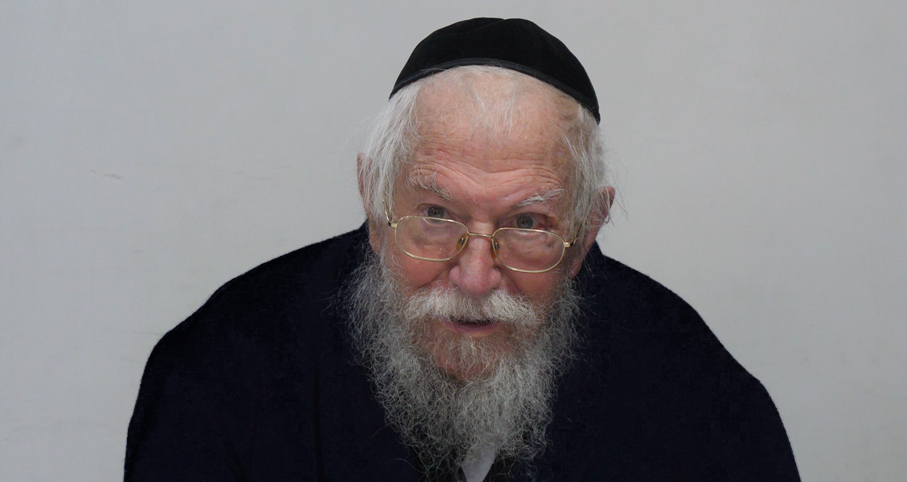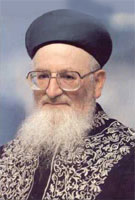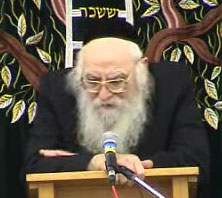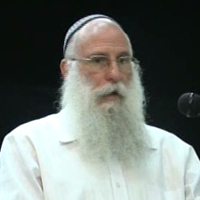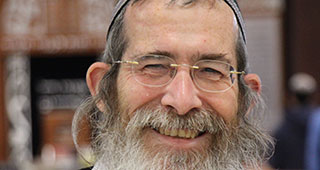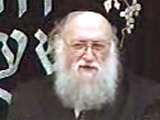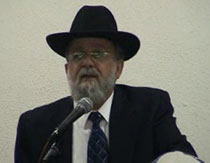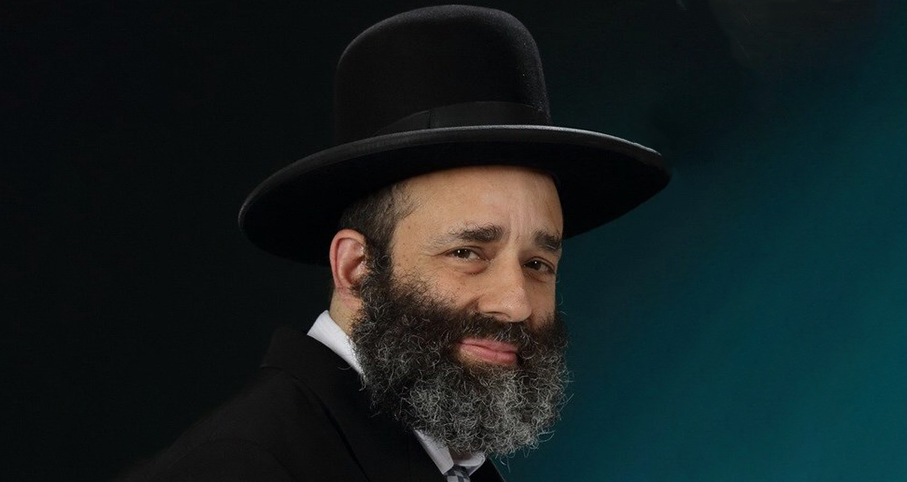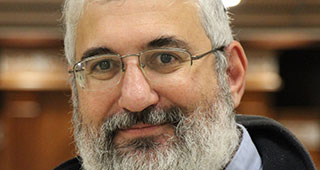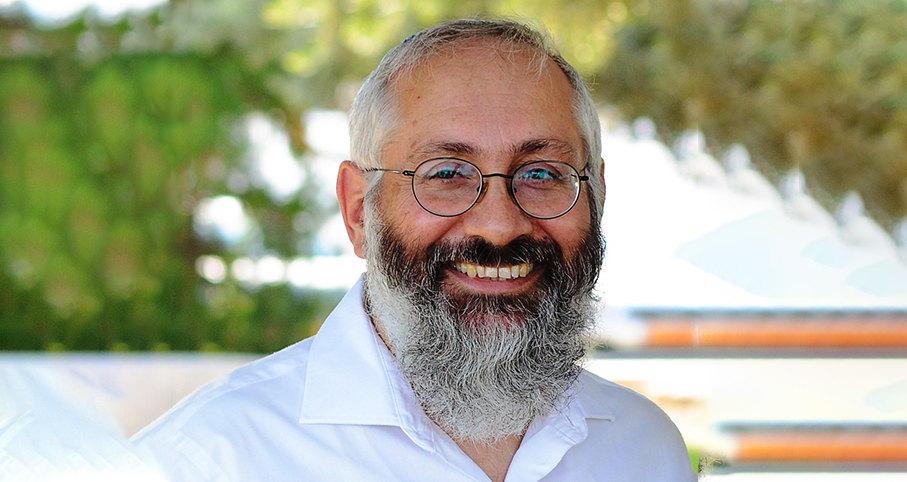Beit Midrash
- Torah Portion and Tanach
- Bereshit
- Bereshit
- Sections
- Chemdat Yamim
- Parashat Hashavua
This answer, in some ways, raises more difficult questions than it resolves. What does it mean that the omniscient Hashem changed His mind? We therefore cited the S'fat Emet's explanation: ideas should arise based on din, without considering the challenges raised by a world of physicality. One must aspire for the ideal. When it comes to carrying matters out, the attribute of mercy must be factored in, in order that the matter can be maintained.
We also mentioned that the first description represents the approach of Beit Shammai, while the latter is in line with that of Beit Hillel. Let us now demonstrate from a different perspective, why we generally accept Beit Hillel's rulings.
We have just begun to pray for rain by mentioning the strength of Hashem's rain giving power. We will soon (in Israel) add the request for rain. Water is a "life sustainer." All sorts of organisms need H2O, including the crown of creation, man. Water on earth is described twice in the parasha. The great bodies of water are all connected at one level to form the oceans and seas, which sounds like a harmonious ideal. There is a second reference to a river that separates into four "heads." The number four in Jewish thought hints at multiplicity and differentiation, which seems regrettable. However, the water of the oceans cannot sustain human life as long as they remain salty, whereas rivers provide us with our fresh water supply.
The separation of the four symbolizes the reality that there will be splits among people, including in their approaches to things. We need not strive to remove differences of opinion. Allowing other opinions is not giving in but is a sign of hitchashvut, of considering the rights and needs of others, which is a strength. Indeed, the gemara (Eruvin 13b) says that the opinion of Beit Hillel was accepted because they were humble and would present the view of Beit Shammai before their own. This consideration is higher than the Beit Shammai approach of attempting to reach the ideal. Both approaches are divrei Elokim chayim, they both have a prominent place in the world, but the world must run on the Beit Hillel approach.
We will remind ourselves that both Beit Shammai and Beit Hillel believed in social interaction and unity between them and, despite their disagreements, made sure that their different rulings, including on matters of family and personal status, would not prevent the daughters of one from marrying the sons of the other (Eiduyot 4:8).
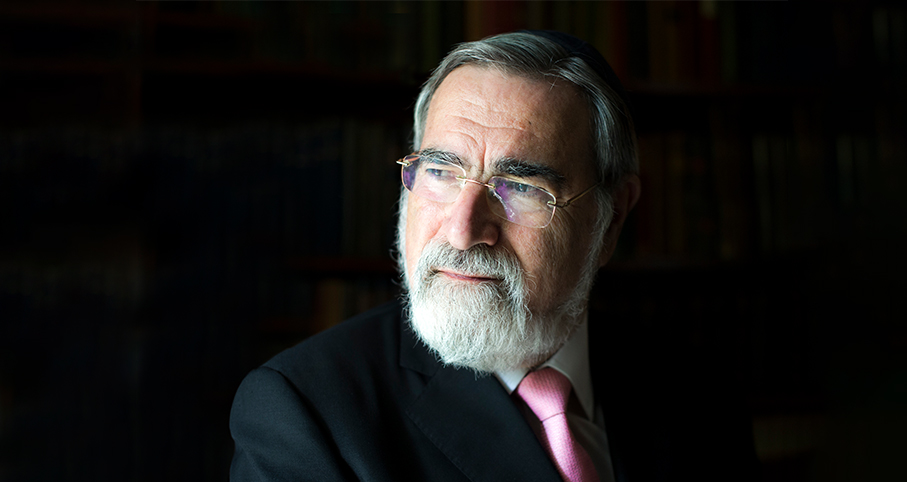
The Courage to Live with Uncertainty
Rabbi Jonathan Sacks | Tishrei 29 5783

The God of Creation and the Land of Israel
Rabbi Jonathan Sacks | 13 Tishrei 5784
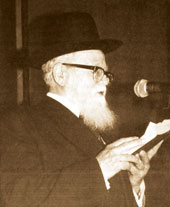
The Strength of His Actions He Told to His Nation
Harav Shaul Yisraeli – from Siach Shaul, pp. 6-8
Rabbi Shaul Yisraeli zt"l | 6 Shvat 5784

